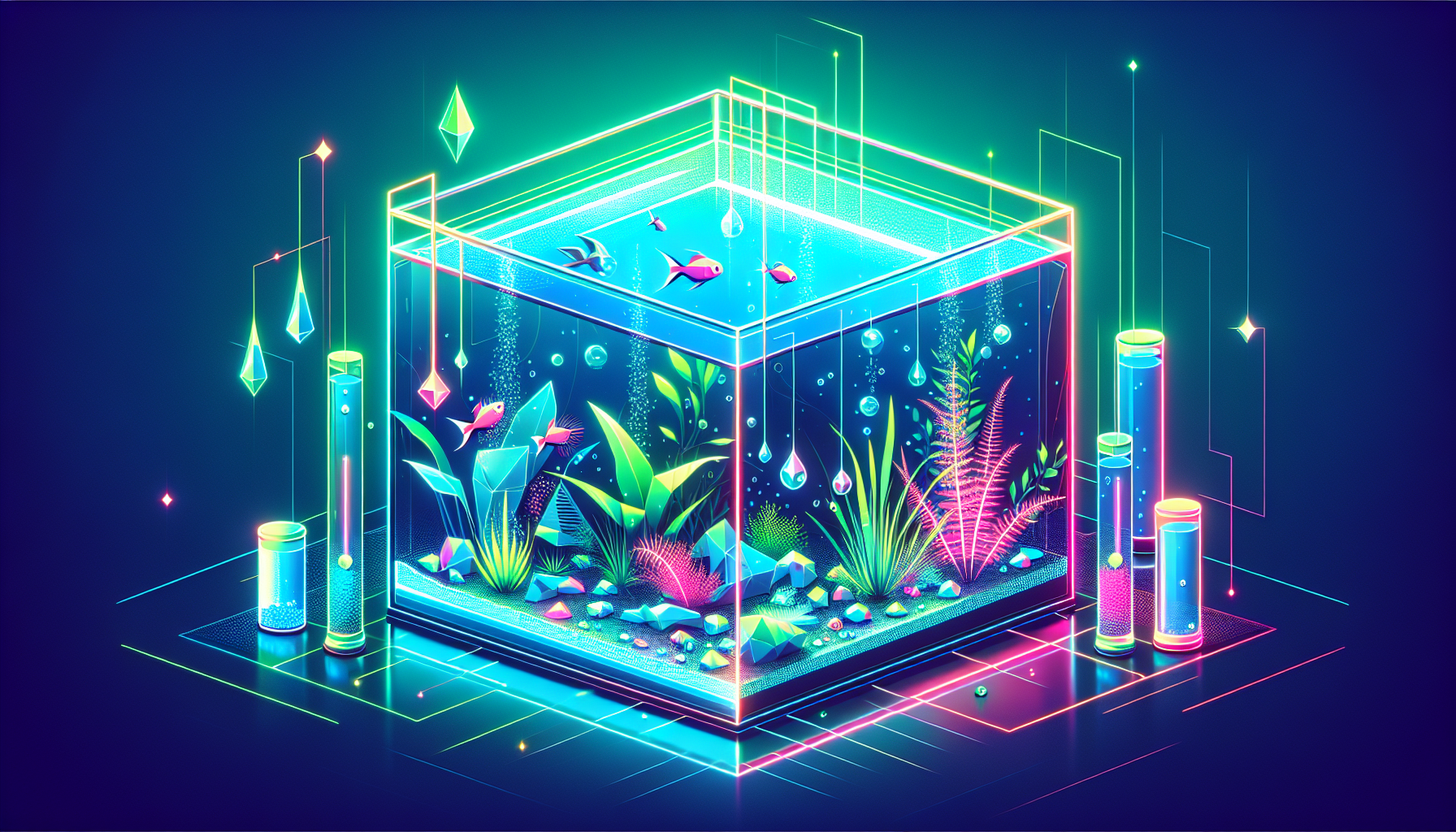Aquarium Setup Guide: Complete Guide for Beginners
Dreaming of your own aquatic paradise but unsure how to begin? Whether you’re passionate about aquascaping or simply want a beautiful home for your fish, this aquarium setup guide for beginners will help you navigate every step, from equipment selection to maintenance. Plus, you’ll discover insider aquascaping tips to create the underwater world you’ve always wanted!
Why Set Up an Aquarium?
Aquariums offer more than just visual appeal. They provide relaxation, stress relief, and a creative outlet for aquascaping enthusiasts. Setting up and maintaining a healthy aquarium can be a rewarding hobby for all ages.
Choosing the Right Aquarium
Types of Aquariums
There are several aquarium types to consider:
- Freshwater: Perfect for beginners, freshwater tanks are easier to maintain and offer many aquascaping possibilities.
- Saltwater: Stunning but more challenging, saltwater aquariums house marine fish and corals with specialized needs.
- Planted Tanks: Focus on live aquatic plants, providing a lush aquascaping canvas for your creativity.
Tank Size and Placement
For beginners, a tank between 20–30 gallons is ideal. It’s large enough for a stable environment but still manageable. Place your aquarium on a sturdy, level surface away from direct sunlight, which can cause excessive algae growth.
Essential Aquarium Equipment
Setting up your aquarium requires the right gear. Here’s a checklist for your aquascaping build:
- Tank: Glass or acrylic aquariums are widely available.
- Filtration system: Keeps water clean and healthy for fish and plants.
- Heater (for tropical tanks): Maintains a stable temperature.
- LED lighting: Vital for plant growth and to enhance aquascape visuals.
- Substrate: Substrates like gravel, sand, or nutrient-rich soils form the foundation for planting and hardscape design.
- Water conditioner: Removes chlorine and chloramine from tap water.
- Test kits: Monitor pH, ammonia, nitrite, and nitrate.
- Aquascaping tools: Tweezers, scissors, and scrapers help with plant placement and maintenance (see our aquascaping tools guide).
Step-by-Step Aquarium Setup for Beginners
1. Prepare Your Aquarium
Rinse your tank and all equipment with plain water (no soap or chemicals!) to remove any debris or dust from the manufacturing process.
2. Install Substrate and Hardscape
Add chosen substrate, creating contours and slopes for visual interest. Incorporate rocks, driftwood, or decor to establish your hardscape foundation—an essential step in authentic aquascaping design. Need inspiration? Check our aquascaping ideas for beginners.
3. Add Water and Equipment
Slowly fill the aquarium with dechlorinated water to avoid disturbing your substrate. Set up your filtration system, heater, and lighting according to manufacturer instructions.
4. Cycle the Aquarium
“Cycling” establishes beneficial bacteria that process harmful ammonia and nitrite. Run your tank for 3–6 weeks before adding fish or sensitive plants. Test water parameters regularly to track your progress.
Learn more about the nitrogen cycle and safe fish introduction in our Beginner’s Guide to the Nitrogen Cycle.
5. Plant and Stock Your Aquarium
Once your aquarium is cycled, add easy-care aquatic plants such as Anubias, Java Fern, or Cryptocoryne. Start with hardy fish suited to your tank size and water parameters. Always introduce new inhabitants slowly to prevent shock.
Aquarium Maintenance for Beginners
Keeping your underwater world healthy is easy with regular care:
- Weekly water changes: Replace 10–20% of the water to remove waste and replenish nutrients.
- Test water parameters: Use test kits to monitor ammonia, nitrite, nitrate, and pH levels.
- Prune and replant: Trim your aquascaping plants to manage growth and maintain shape. Our aquascaping maintenance guide offers more expert tips.
- Clean equipment: Rinse filters and remove algae as needed to keep your setup healthy and attractive.
Common Beginner Mistakes (and How to Avoid Them)
- Skipping the cycle: Always cycle your aquarium to avoid toxic water conditions.
- Overstocking: Start with a small fish population and increase slowly.
- Inconsistent maintenance: Set a schedule to ensure your aquascape and fish remain healthy.
- Overfeeding: Only feed what your fish can consume in a few minutes to prevent water quality issues.
Next Steps: Your Aquascaping Journey Begins!
Setting up an aquarium is an exciting first step into the world of aquascaping. With the right knowledge and passion, you’ll soon have a vibrant, healthy aquatic display to enjoy.
Ready to dive deeper? Explore more aquascaping tutorials and join our community at Aquascaping Academy for tips, inspiration, and support from fellow aquarists.



